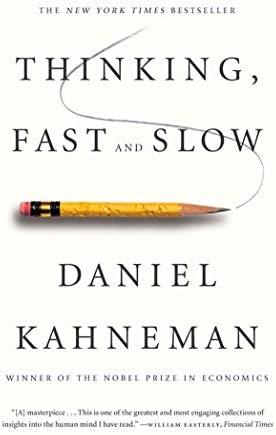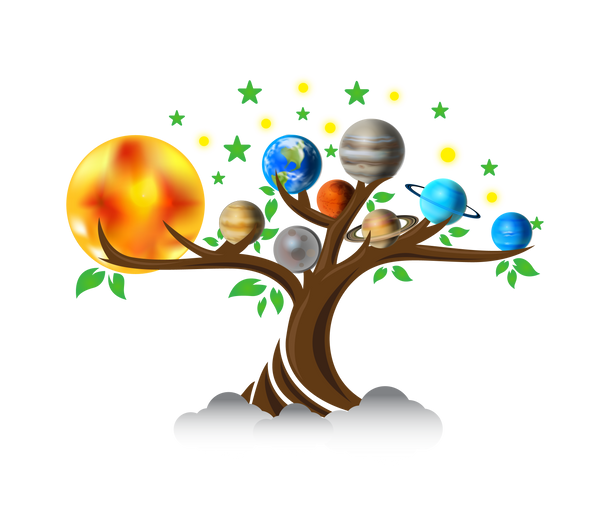Thinking, Fast and Slow by Daniel Kahneman
Share with Friends

Thinking, Fast and Slow is a bestselling book by Daniel Kahneman that explores the way our minds work and how we make decisions. The book is based on Kahneman's decades of research in the field of behavioral economics and cognitive psychology.
The main lessons of the book include:
-
The Two Systems of Thinking: Kahneman explains that our minds have two systems of thinking: System 1, which is fast, intuitive, and emotional, and System 2, which is slow, deliberate, and logical. Understanding how these two systems work and interact is crucial to understanding how we make decisions.
-
The Power of Intuition: Kahneman argues that our intuition, or System 1 thinking, is often more powerful than our rational thinking and that we should not always rely on our rational thinking to make decisions.
-
The Impact of Emotions on Decision Making: Kahneman explains that emotions play a significant role in decision making and that they can influence our judgments and choices in ways that we are not aware of.
-
The Influence of Anchoring and Framing: Kahneman illustrates the powerful effect of Anchoring and Framing on our decision making process, showing how small changes in the way information is presented can have a big impact on our judgments and choices.
-
The Fallibility of Expertise: Kahneman demonstrates how experts can be just as prone to errors as non-experts and that we should be cautious when relying on experts' predictions and judgments.
-
The Importance of Realistic Thinking: Khaneman emphasizes the importance of realistic thinking in decision making and problem solving, by showing how our minds can be influenced by biases, heuristics, and mental shortcuts that can lead us astray.
Overall, Thinking, Fast and Slow is a thought-provoking and insightful book that provides valuable insights into how our minds work and how we make decisions. It is a must-read for anyone interested in understanding the psychology of decision making and human behavior.



























































